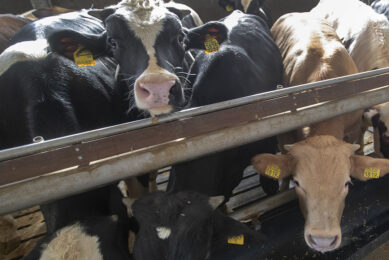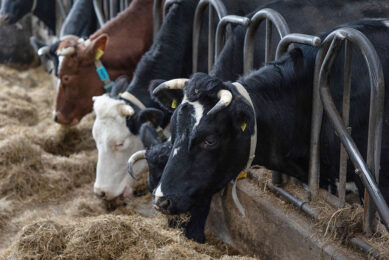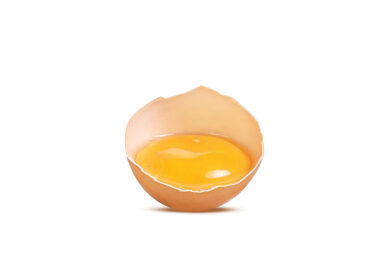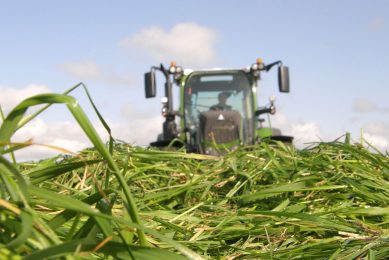How effective is glycerin in cattle diets?
A new study, led by Monty Kerley, professor of ruminant nutrition in the College of Agriculture, Food and Natural Resources, is examining the effectiveness of glycerin, the byproduct of biodiesel, as cattle feed.
if glycerin has a positive or negative effect on calves’ growth performance, and
second, to assess its impact, if any, on meat quality.
Different
inclusion rates
Through November, the growth habits of 60 calves
from various breeds will be monitored to determine if bio-leftovers provide a
healthy main course to cattle. Inclusion rates of 0, 5, 10 and 20% will be
tested. In addition to monitoring feeding limits and growth patterns, Kerley
also is analyzing how cattle metabolize the varying amounts of glycerin.
Like feeding sugar
“We’re really looking at the energy value
and how it compares to corn,” Kerley said. “When the animal consumes glycerin,
it’s absorbed, and the glycerin is used to make glucose. Actually, it’s like
feeding sugar to a cow. Because it’s liquid, there are two things we worry about
– one, how much can be used in the diet before it changes the form of the diet;
and two, is there a limit to how much glycerin can be processed by the animal”
We’ll feed it to them for a period of 160 to 180 days.”
Short term
solution
Kerley said that feeding glycerine to cows is likely to be only
a short-term option for the cattle industry. “We probably have a three- to
five-year window to use this for animal feed at a reduced cost,” Kerley said.
“This glycerin is a wonderful starting compound for building other compounds
that can be applied to numerous industrial purposes. After three to five years,
you’ll see industrial applications utilizing this glycerin, and that may price
it out of the animal feed industry.”
He said economics are another
factor because glycerin is currently less expensive than corn, which is most
commonly used as cattle feed. Glycerin is about 4 cents per pound; corn costs
around 8 cents a pound.
“Originally, the biodiesel plants were concerned
with just getting rid of this material, but data shows that glycerin has energy
feed value equal to corn,” Kerley said. “If you can get glycerin for less than
corn, that’s obviously a sizeable savings.”
Related folder:
Dossier AllAbout Bio Energy











